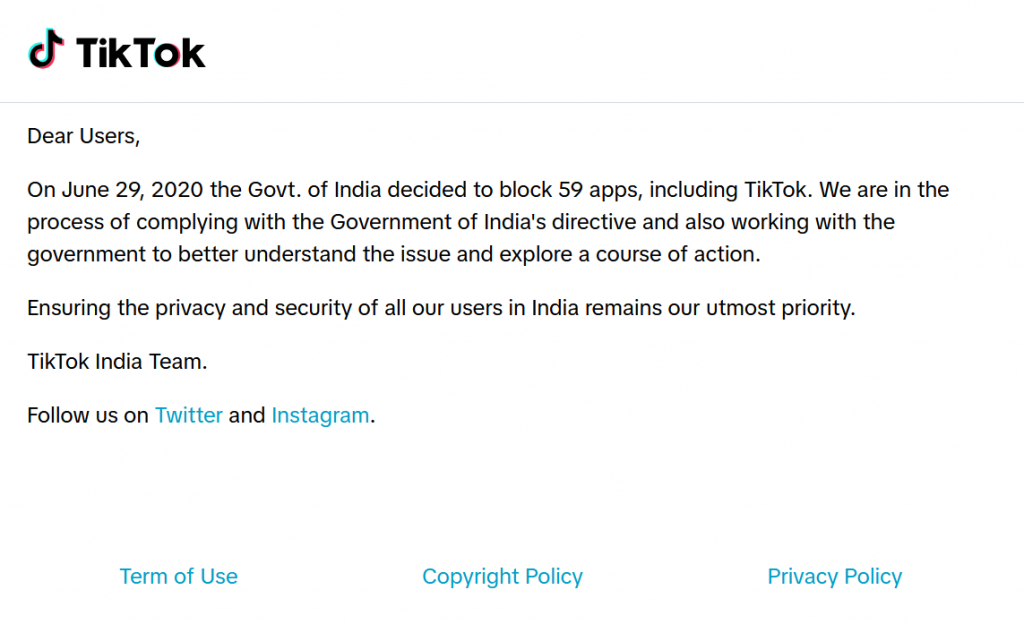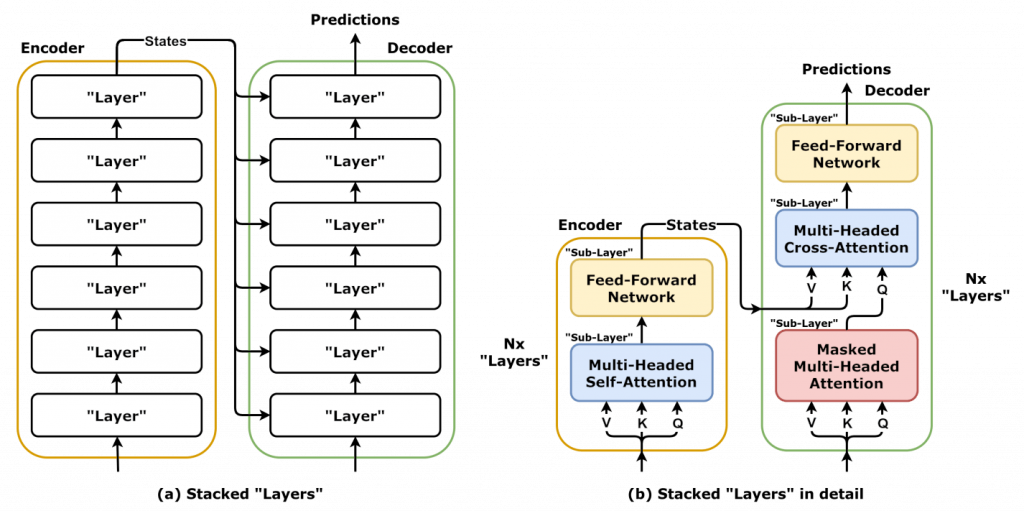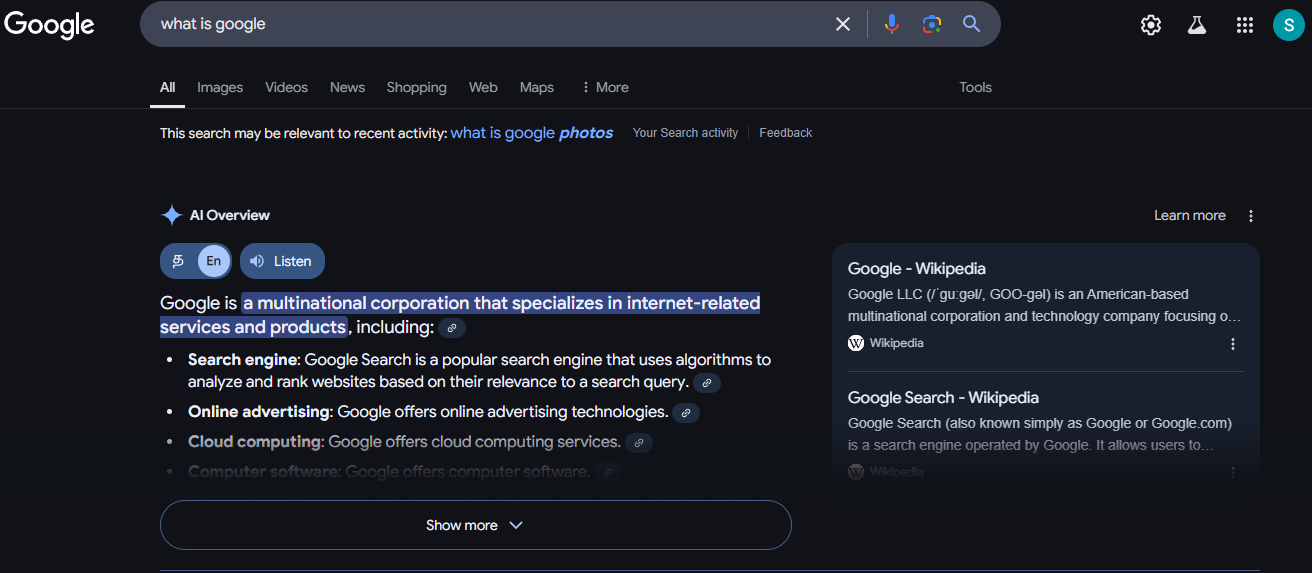Google has unintentionally been sawing off the branch it sits on, writes Satyen K. Bordoloi, as he profiles the future of search and advertising in the age of AI.
Since its advent, the Internet has been a slave to our patience. In 1999, when I first started using the internet search, I heard of people finding their soulmates while waiting for pages to load. Google revolutionized this experience with its lightning-fast searches, making impatience the new norm and dominating both the search and ad markets. Today, though, Google’s search and advertising businesses are on shaky ground, facing challenges from a new generation of impatient users.
Ironically, this unprecedented challenge to Google’s supremacy comes from a technology that the company helped pioneer – artificial intelligence. As AI reshapes how people seek information online – from search to shopping – Google’s core business model finds itself at a critical crossroads, struggling to maintain its dominance while adapting to rapidly changing user behaviours and technological capabilities.
The Rise of AI in Search Results: When you search on Google today, you’ll increasingly be greeted by AI-generated summaries at the top of results pages. This feature, AI Overviews, represents Google’s strategic response to evolving user expectations for quick, concise answers. However, it also presents a significant challenge to Google’s business model: as users find immediate answers in these AI summaries, they’re less likely to click on websites or sponsored links, undermining the company’s advertising revenue.
Then there’s the problem with its implementation. Initial rollouts faced significant issues, including spewing incorrect and potentially harmful information. In response, Google scaled back its AI integration dramatically, reducing AI-powered search results from 84% to under 15% to maintain quality and reliability. This cautious approach, though necessary, highlights the delicate balance Google is struggling to maintain between innovation and reliability.

The Transformation of User Behaviour: TikTok reported that 23% of its users initiate searches within 30 seconds of opening the app, accumulating a staggering three billion daily searches globally despite being banned in some countries like India. In response, they have enhanced search ads to target users actively searching for products or services—essentially replicating Google’s model within TikTok.
The troubling part for Google is that this trend isn’t confined to TikTok alone. Users are increasingly seeking information directly within their favourite platforms, bypassing traditional search engines like Google, and the companies are responding. Meta has introduced AI search inside WhatsApp.
This demographic shift, particularly among young users who are impatient for information, do not follow traditional hierarchies of information seeking and trust, bypass traditional search engines, and directly engage with search on their preferred platforms, has raised alarm bells at Google. Compounding Google’s challenges is the recent outcry over the decline in the quality of its search results, with users and experts criticizing the surge in low-quality, spam-filled content.

Market Dynamics and Revenue Challenges: Though Google is still the market leader with approximately 90% of the search market share, the overall market size is contracting as users diversify their information-seeking habits. Having a dominant share of a rapidly shrinking pie is never fun.
Google’s advertising model has been the backbone of its success, relying heavily on search traffic and user engagement with search results. As AI-generated summaries reduce the need for users to click through to websites, and as younger users migrate to other platforms, this model faces increasing pressure.
The Irony of Innovation: Strangely enough, Google’s current challenges stem partly from its innovations. Not only were they instrumental in developing crucial AI technologies, but in 2017, a paper about an AI model called ‘Transformer’ changed the world, making it possible to create generative AI that began appearing for the masses in 2022. Generative AI enables competitors to challenge Google’s traditional search dominance, creating what could only be described as a technological boomerang effect.

Impact on the Digital Ecosystem: The other problem for Google is that integrating AI into search also upends known structures of Search Engine Optimization (SEO) and Search Engine Marketing (SEM). Marketers must now optimise content for AI-generated summaries while maintaining traditional SEO practices. The effectiveness of paid search ads is also changing as pages organised by AI algorithms alter user click behaviour and engagement patterns.
A significant concern is the potential degradation of web content quality. As users increasingly rely on AI-generated summaries, website traffic may decline, reducing incentives for content creators to produce high-quality, Google-optimized content. This could create a destructive cycle where diminishing content quality leads to poorer search results, further accelerating the exodus from traditional search methods.
Google’s Strategic Response: Google’s response to these challenges has been multipronged. The company is working to integrate AI more deeply into its services while actively working on other search ideas like enhancing its visual search capabilities. Alongside AI Overviews, they’re also building up Google Lens capabilities, improving video understanding, developing more sophisticated natural language processing, advancing voice question processing and creating intuitive ways for users to interact with search results. These innovations aim to keep Google relevant in an increasingly AI-driven world while maintaining the quality and reliability you and I expect from them. However, for it to deliver, Google must balance it against their need to preserve its core advertising revenue model.

Regulatory Pressures and Competition: Adding to Google’s challenges are mounting regulatory pressures. The U.S. Justice Department’s antitrust cases seek significant changes to Google’s business practices, including proposals to prevent preferential access to its search engine on Android devices and potentially require the sale of the Chrome browser. While these legal battles will likely extend over the years, they add another layer of complexity to Google’s struggle to maintain its market position.
All this is happening while competition in the search space is intensifying. The rise of specialised “answer engines” like Perplexity, OpenAI’s integration of internet search into ChatGPT, and potential new search and AI offerings from companies like Meta – like the one where you can search inside WhatsApp using its AI, suggest a more diverse and competitive landscape ahead. These competitors are not bound by the same legacy systems and business models constraining Google, giving them more flexibility to innovate.
The Future of Search: Search will continue to evolve rapidly. The rise of AI-powered search tools, changing user behaviours, and increasing competition mean the traditional search model is approaching an inflexion point.
Google’s success in navigating this change will depend on its ability to balance innovation with preserving its core business model. The company must find ways to embrace AI advancement while maintaining the quality and reliability that users have come to expect from search results. This may require fundamental changes to how Google approaches search technology and its revenue model.
The next few years will be crucial in determining whether Google can maintain its leadership position in an increasingly AI-driven world of search. As the company continues to adapt and evolve, the question remains: will Google be able to reinvent itself for the AI age, or will it become another cautionary tale of how even the mightiest tech giants can fall victim to the very innovations they helped create? Whatever it does, Google will have to return to the quality it stole from the early internet users – patience.

